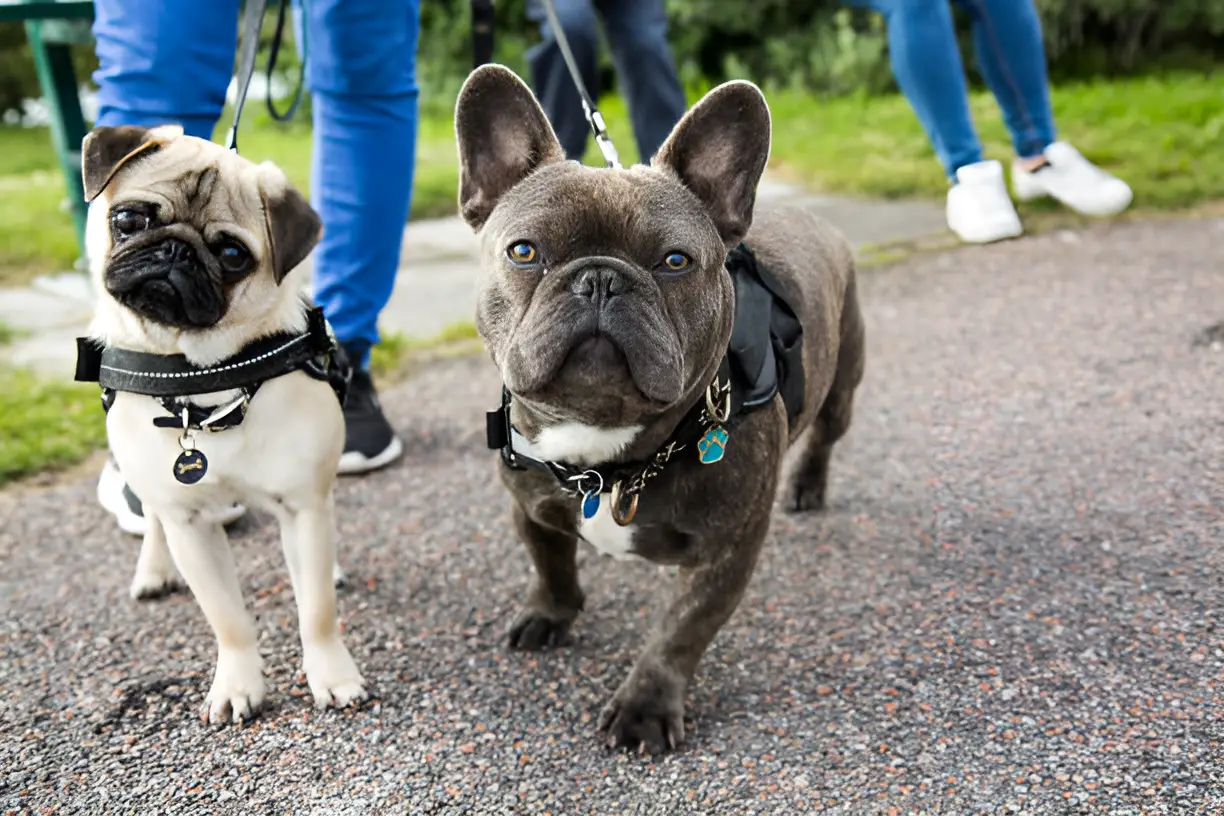Small dogs do not necessarily need fewer walks than larger dogs; their exercise needs depend on various factors such as breed, age, and health. Walking your dog is an essential part of their daily routine, providing not only physical exercise but also mental stimulation. While it might seem intuitive to think that smaller dogs require less exercise, the reality is more nuanced. This comprehensive guide will delve into the exercise needs of small dogs, offering insights, recommendations, and tips to ensure your furry friend stays healthy and happy.
Understanding the Exercise Needs of Small Dogs
Small dogs, despite their size, often have high energy levels and require regular exercise to maintain their physical and mental health. The amount and type of exercise needed can vary significantly based on several factors:
1. Breed Characteristics: Different breeds have different energy levels and exercise requirements. For instance, a Jack Russell Terrier, known for its high energy, will need more exercise compared to a more sedentary breed like a Shih Tzu.
2. Age: Puppies and young dogs generally have more energy and require more frequent exercise compared to older dogs. However, senior dogs still need regular walks to keep their joints healthy and to prevent obesity.
3. Health Status: Dogs with certain health conditions may need tailored exercise routines. For example, dogs with arthritis may benefit from shorter, more frequent walks rather than long, strenuous ones.
Benefits of Walking Your Small Dog
Walking your dog offers numerous benefits beyond just physical exercise:
- Mental Stimulation: Walks provide an opportunity for your dog to explore new environments, which can be mentally enriching. Sniffing around and encountering new sights and sounds can help keep your dog’s mind sharp.
- Socialization: Regular walks can help your dog become more comfortable around other dogs and people, reducing anxiety and promoting better behavior.
- Bonding Time: Walking your dog is a great way to strengthen the bond between you and your pet. It’s a time for you to engage with your dog and show them attention and care.
How Much Exercise Do Small Dogs Need?
While the exercise needs of small dogs can vary, a general guideline is that they should get at least 30 minutes to an hour of exercise each day. This can be broken down into multiple shorter walks or play sessions throughout the day. Here are some specific recommendations based on different factors:
- High-Energy Breeds: Breeds like the Jack Russell Terrier or Miniature Pinscher may require up to an hour or more of vigorous exercise daily.
- Low-Energy Breeds: Breeds like the Pug or Chihuahua may be content with 30 minutes of moderate exercise.
- Puppies: Young dogs have boundless energy and may need several short walks and play sessions throughout the day.
- Senior Dogs: Older dogs may benefit from shorter, more frequent walks to keep their joints mobile and to prevent weight gain.
Tips for Walking Your Small Dog
Use the Right Equipment: A well-fitting harness is often better than a collar for small dogs, as it can prevent strain on their neck and throat.
Choose the Right Time: Avoid walking your dog during the hottest part of the day in summer or the coldest part in winter. Early morning or late evening walks are usually best.
Vary the Route: Changing your walking route can provide new stimuli for your dog, keeping them engaged and excited about their walks.
Incorporate Play: Adding playtime, such as fetch or tug-of-war, can make walks more enjoyable and provide additional exercise.
Monitor Your Dog’s Health: Pay attention to signs of fatigue or discomfort. If your dog seems overly tired or shows signs of pain, it may be time to shorten the walk or consult your veterinarian.
Common Myths About Small Dogs and Exercise
- Myth 1: Small Dogs Don’t Need Much Exercise: While it’s true that small dogs may not need as much exercise as larger breeds, they still require regular physical activity to stay healthy.
- Myth 2: Indoor Play is Enough: While indoor play is beneficial, it cannot replace the mental and physical benefits of outdoor walks.
- Myth 3: Small Dogs Can’t Handle Long Walks: Many small dogs are quite capable of handling longer walks, especially if they are gradually conditioned to do so.
Conclusion
In conclusion, small dogs do not necessarily need fewer walks than larger dogs. Their exercise needs depend on various factors, including breed, age, and health. Regular walks are crucial for their physical and mental well-being, providing benefits such as mental stimulation, socialization, and bonding time. By understanding your small dog’s specific needs and following the tips provided, you can ensure they get the right amount of exercise to stay happy and healthy.
The photo featured below the post headline is Credit: MightyPics/istockphoto
I hope you find this post helpful and informative. If Yes’ feel free to share it with your friends!
Frequently Asked Questions
How often should I walk my small dog?
Small dogs should generally be walked at least once a day for 30 minutes to an hour, depending on their energy level and health.
Can small dogs go on long hikes?
Yes, many small dogs can handle long hikes if they are gradually conditioned to do so. Always monitor your dog for signs of fatigue and provide plenty of water.
Is it okay to skip a day of walking?
While it’s best to maintain a regular walking schedule, occasional missed days are usually fine. Ensure your dog gets enough exercise through indoor play or other activities.
What should I do if my small dog seems tired after a walk?
If your dog seems overly tired or shows signs of discomfort, consider shortening the walk or consulting your veterinarian to rule out any health issues.
Are there specific breeds of small dogs that need more exercise?
Yes, high-energy breeds like Jack Russell Terriers and Miniature Pinschers typically require more exercise compared to low-energy breeds like Pugs and Chihuahuas.

